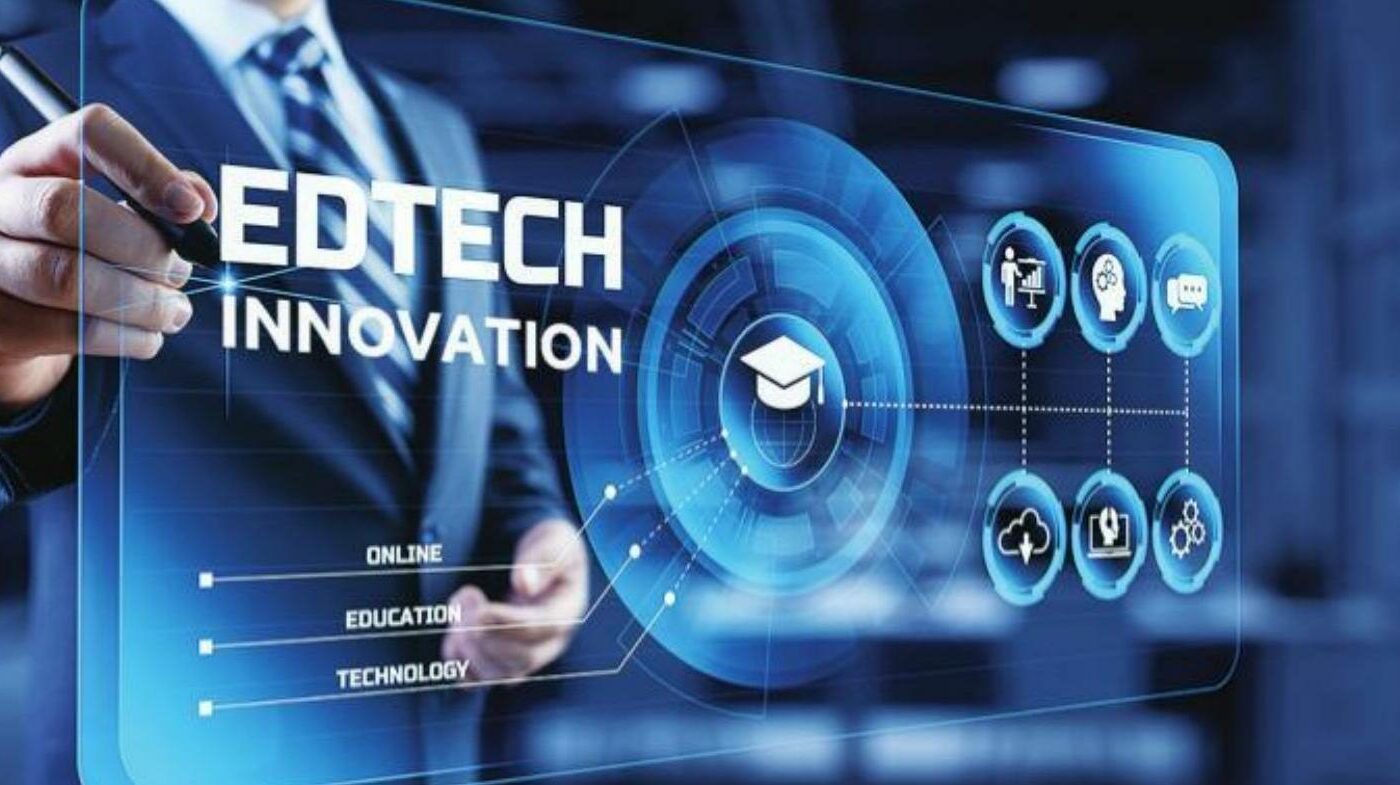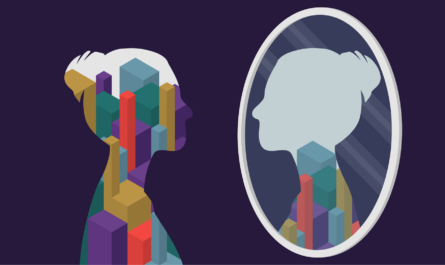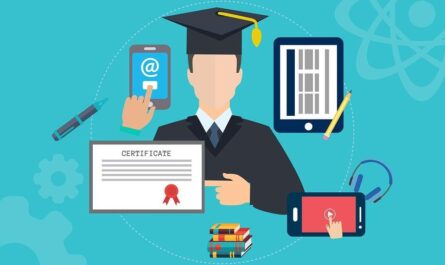The realm of primary education is experiencing a metamorphosis. Just as the chrysalis transforms into a butterfly, our classrooms, driven by technological innovations, are morphing into dynamic learning hubs. These are not the quiet, straight-row desks of yesteryears but vibrant spaces of curiosity, interactive learning, and multidimensional experiences.
The catalyst behind this transformation is EdTech or Educational Technology. The rising wave of EdTech has already reshaped secondary and tertiary educational landscapes, and primary education isn’t far behind.
While primary education holds unique challenges, the potential of EdTech to redefine its future is irrefutable. Let’s explore the innovative solutions that promise to make primary education more accessible, effective, and exciting.
Page Contents
1. Personalized Learning Platforms

One of the most notable advancements in EdTech is the development of platforms that cater to individual learning needs. Primary students come with varied learning paces and styles. The one-size-fits-all approach is fast becoming obsolete.
Platforms like DreamBox and Prodigy have already demonstrated success in personalizing math lessons. Moving forward, similar platforms will emerge, targeting diverse subjects, thereby ensuring that every child receives education tailored to their unique needs.
2. Augmented Reality (AR) & Virtual Reality (VR)
Remember the excitement of school field trips? Now imagine a world where students can embark on a virtual journey to the pyramids of Egypt or the depths of the Amazon rainforest without leaving their classrooms.
AR & VR technologies are making this possible. While VR fully immerses students into a simulated environment, AR overlays digital information on the real world. Both have tremendous potential in providing experiential learning and making abstract concepts tangible.
3. Gamification of Learning
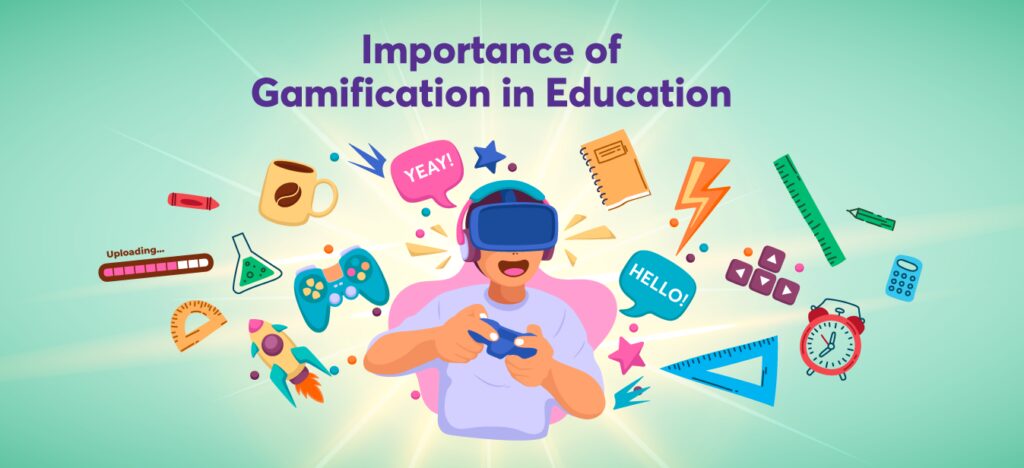
In today’s digital era, gamification has emerged as a game-changer for primary education. By blending educational content with gameplay elements, learning becomes an engaging and interactive experience. Students are motivated by rewards, levels, and challenges, driving them to grasp concepts more keenly.
This approach not only fosters enthusiasm but also enhances retention and understanding. As the line between play and study blurs, students find joy in learning, making education a delightful journey rather than a mere destination. The result is a classroom environment where curiosity thrives and learning is a celebrated adventure.
4. Collaborative Learning Spaces
Digital collaboration tools are not just for corporate boardrooms anymore. Primary education is witnessing the integration of tools that promote group projects, brainstorming, and real-time feedback. These digital spaces mirror the collaborative environment of the modern-day workplace, preparing students for future challenges.
5. 3D Printing & Hands-on Exploration
Incorporating hands-on exploration into the curriculum has always been a pedagogical recommendation. With the advent of affordable 3D printing technologies, this recommendation is reaching new heights. For instance, imagine a science class where students design and create their own 3D models of the solar system.
Or consider the magic of a design lesson where a student’s artwork becomes a tangible product using a 3D sublimation heat press. These technologies not only add a touch of creativity but also empower students to convert their theoretical knowledge into tangible outcomes.
6. Digital Assessment Tools

Testing and assessments are vital components of education. Digital assessment tools can automate the grading process, provide instant feedback, and even tailor future lessons based on a student’s performance. This not only saves educators time but also offers students insights into their strengths and areas for improvement.
7. AI-Powered Educational Assistants
The era of AI-driven learning is upon us. These smart educational assistants, tailored for primary students, can answer queries, provide real-time feedback, and even suggest personalized resources based on a student’s interests and needs.
With AI’s capabilities, students can receive instant clarification on challenging topics, ensuring that no query goes unanswered. For educators, this means an extra helping hand in the classroom, ensuring every child’s needs are addressed, and fostering an environment where curiosity thrives.
8. Interactive Digital Storytelling

Storytelling has always been a cornerstone of primary education, offering both knowledge and entertainment. The evolution of EdTech has transformed this age-old method into interactive digital storytelling.
Using animated graphics, sound effects, and user-driven choices, these digital tales captivate young minds more than ever. Not only do they enrich listening and comprehension skills, but they also empower students to become active participants in the narrative, fostering deeper engagement and understanding of the content.
9. Adaptive Learning Environments
Adaptive learning platforms are revolutionizing primary education by offering content that evolves based on a student’s performance. As students interact with lessons, these platforms gauge their understanding, adjusting the difficulty and format of subsequent lessons in real time.
This ensures that learners are neither overwhelmed nor under-challenged. The result? A customized learning trajectory that acknowledges and caters to the unique strengths and needs of every student, making education more flexible and individually tailored than ever before.
Challenges Ahead & Potential Solutions
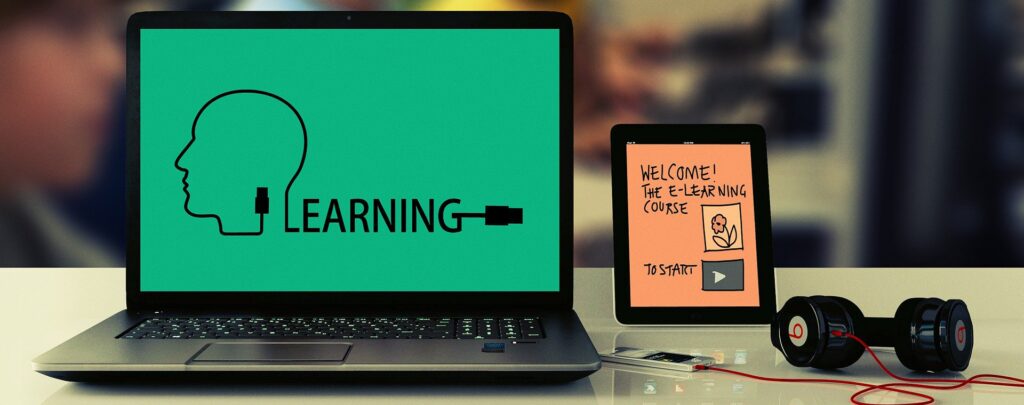
While EdTech presents numerous opportunities, the integration of these technologies is not without challenges. Primary educators face the task of ensuring that technology is an enabler and not a distraction. Moreover, there’s the issue of unequal access to technology, putting students from underprivileged backgrounds at a disadvantage.
Addressing these challenges requires a multi-pronged approach:
- Training & Development: Teachers should undergo regular training to stay updated with the latest EdTech tools and methodologies. This ensures effective integration of technology into classrooms.
- Bridging the Digital Divide: Schools, NGOs, and governments need to collaborate to provide affordable access to technology for all students.
- Regulating Screen Time: While technology is a boon, excessive screen time can be detrimental. Balancing tech-driven lessons with traditional teaching methods is crucial.
Conclusion
The horizon of primary education, illuminated by EdTech innovations, is expanding at an unprecedented pace. As we harness the power of technology, from personalized learning platforms to the gamification of lessons, we’re crafting a future where learning is not just about absorption but active participation.
The challenges, though existent, are surmountable with collective effort and intent. The objective remains clear: to mold an educational landscape where each child finds their rhythm, curiosity is constantly kindled, and the love for learning never diminishes. As we stand at the crossroads of tradition and innovation, the promise of a brighter, more inclusive educational future beckons.
